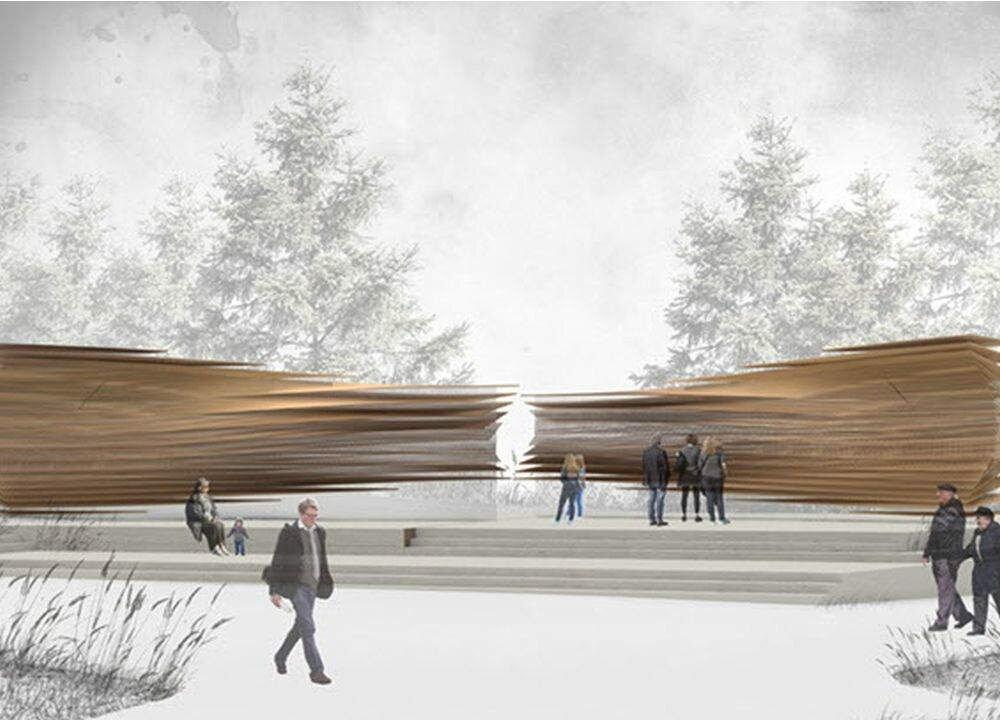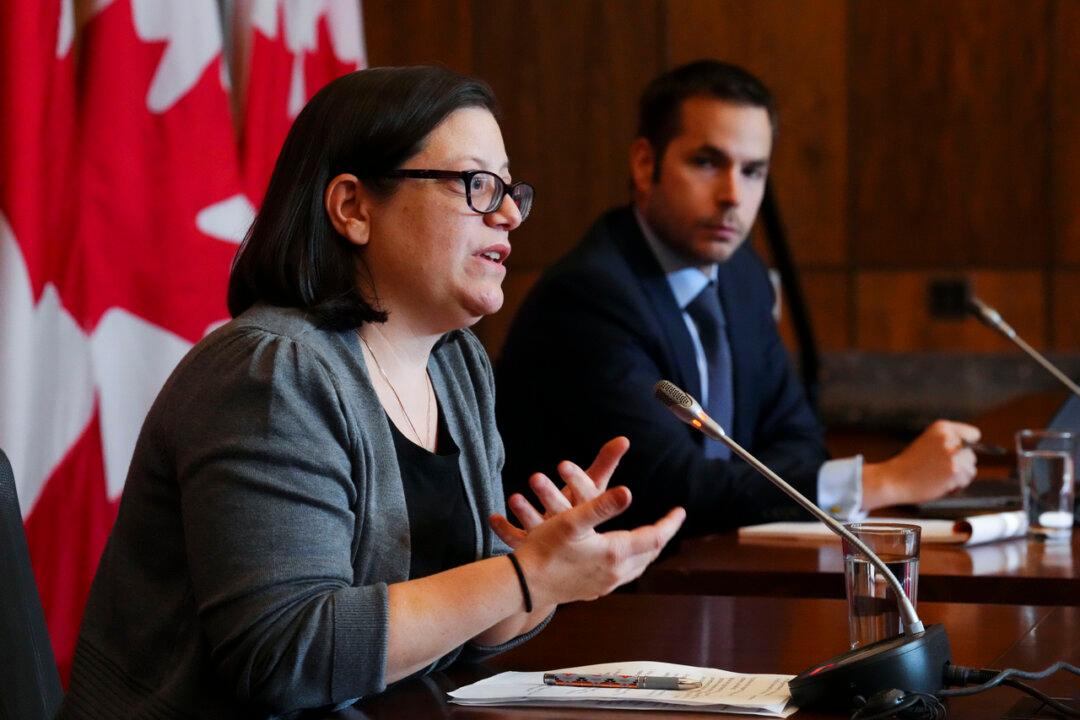OTTAWA—A Canadian memorial to those who suffered and died under the yoke of communism came a step closer to fruition with the unveiling of the winning design for the monument on May 17.
The winner, titled Arc of Memory, was created by Toronto architect and artist Paul Raff and his team.





